
Rabbit’s Garden is an urban farm located within Staten Island Urby, an apartment complex on New York’s north shore, overlooking the Statue of Liberty and Lower Manhattan.
Rabbits’ Garden: the courtyard urban fam within an apartment complex
Rabbit’s Garden is a 5,000 ft² (465 m²) urban farm located within the Staten Island Urby apartment complex in Staten Island’s Stapleton neighbourhood. Through regenerative practices, they are able to grow a variety of vegetables, herbs, and flowers for CSA (community supported agriculture) members, farmers markets, and wholesale clients. In addition to growing produce, organisers say they strive to be an integrated community hub for Urby residents and for the wider Staten Island community by providing activities such as farm dinners and educational workshops on cooking, gardening, art, science, sustainability, and more.
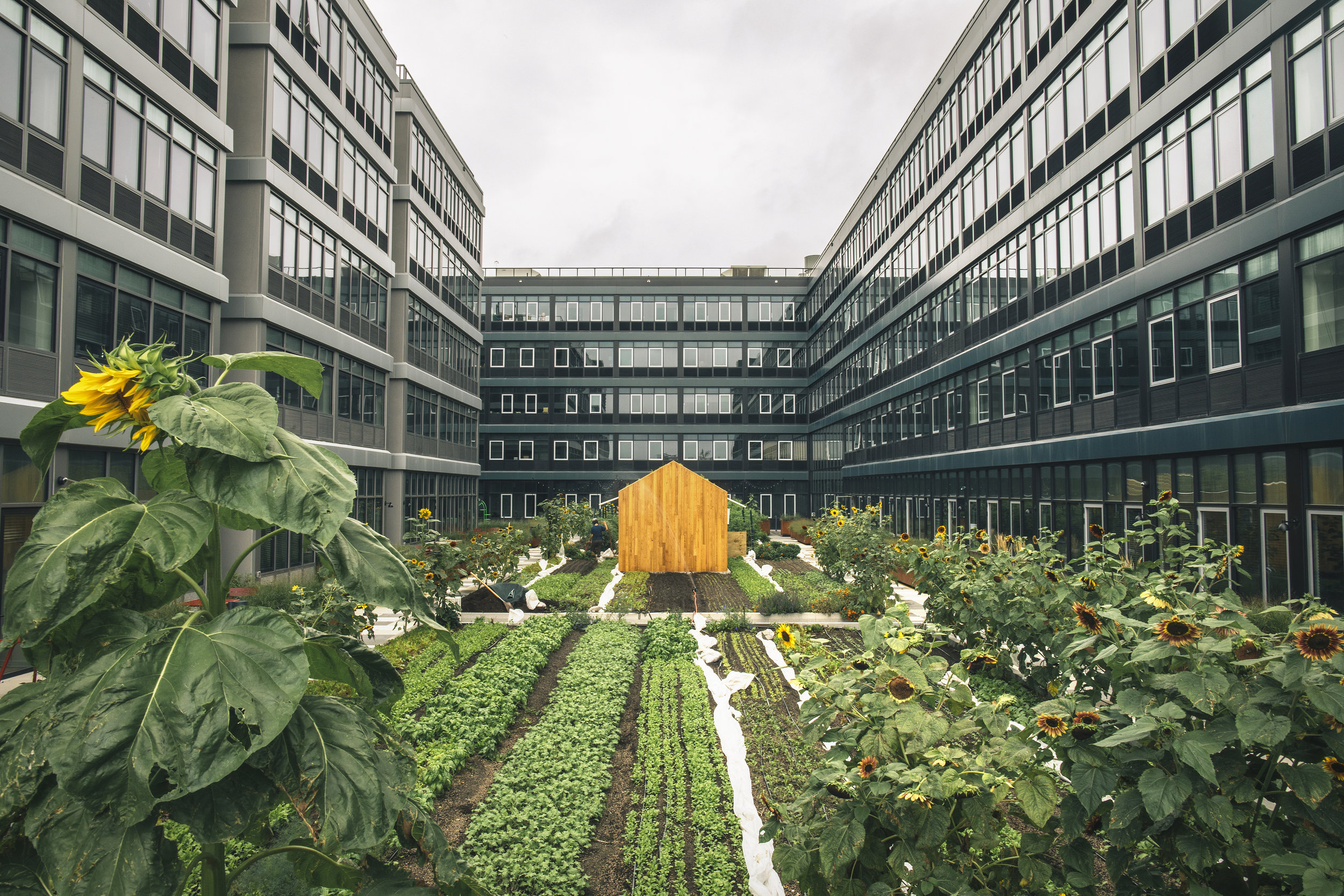
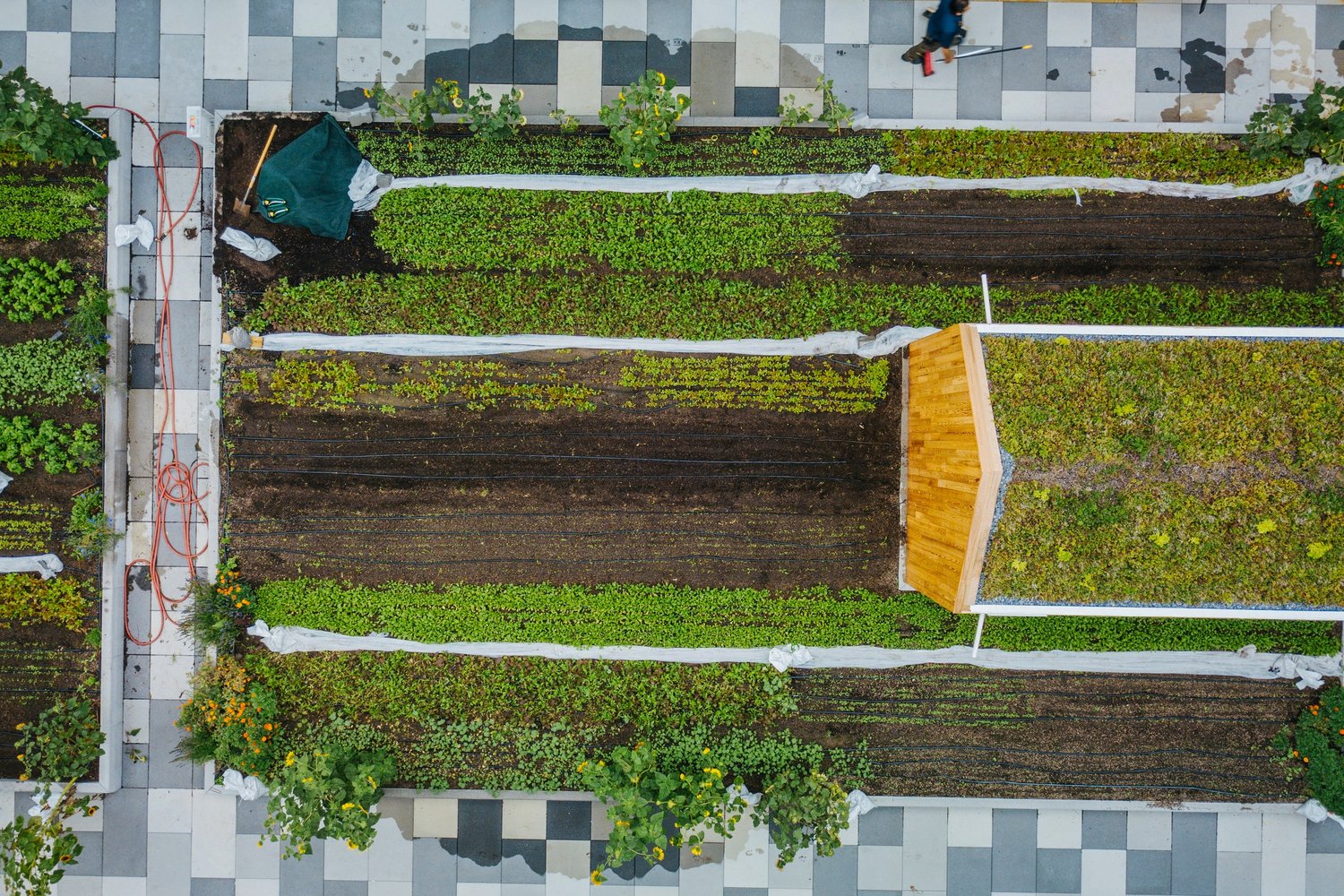
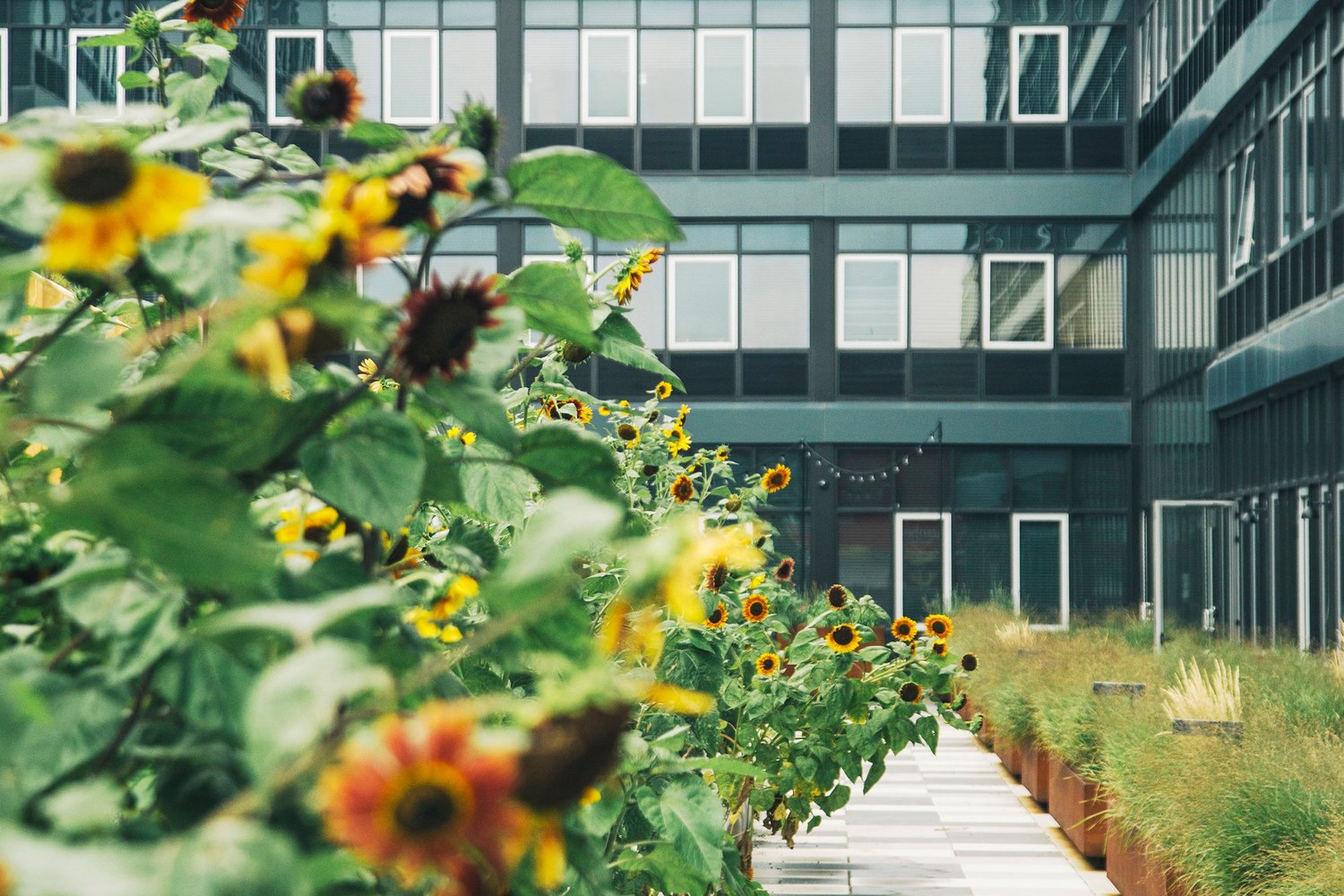
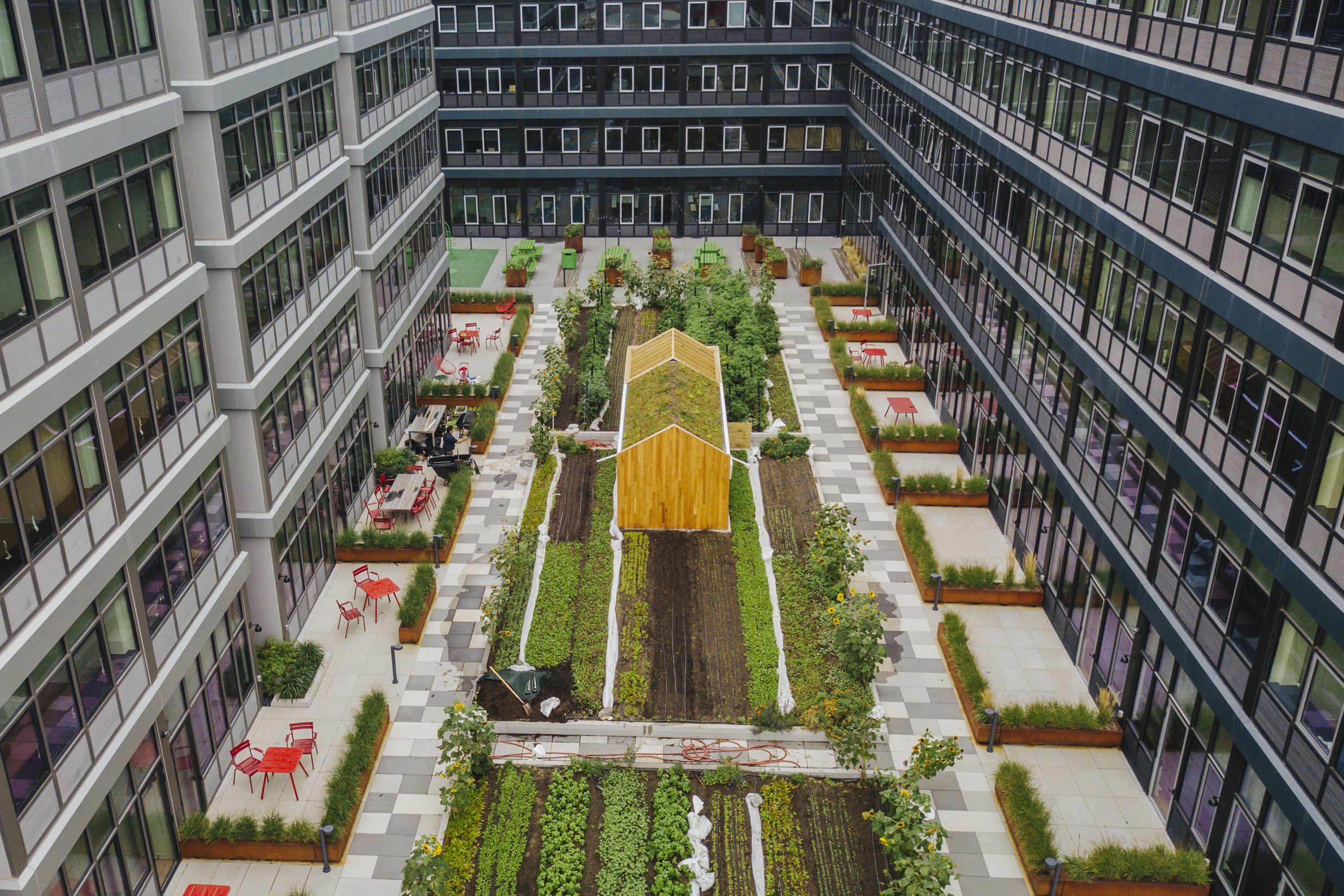
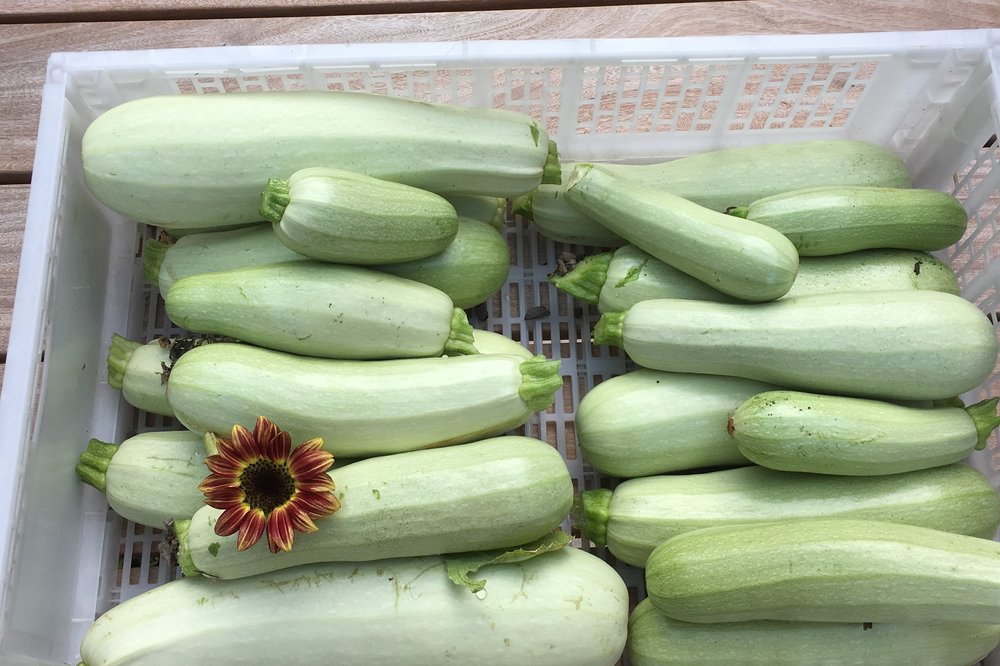
What is csa and how does it work?
CSA stands for Community Supported Agriculture. In this relationship, a farm supports a community and a community supports that farm. Community members pay for a membership upfront (at the beginning of the season, or by instalments with a payment plan). In exchange, they receive a weekly box of produce. Members become investors or shareholders in a farm’s produce.
This links community members and farms together for mutual benefit. By purchasing a membership for a whole season, members provide the farm with reliable, up-front capital to fund each year’s operating costs before the growing begins, when they need it most. In exchange, members get all of the following benefits:
- Healthy, high-quality, chemical-free produce as fresh as it gets!
- Easy access. Pick up their weekly box at your leisure in the Urby cafe.
- Favourable prices compared to supermarket organics.
- Improve their eating habits while sustaining local economies, farms, and the environment!
Rabbit’s Garden offers a 5 month CSA that runs from June through October. Each week, members receive a box of 5-7 items.
Rabbit’s Garden say they are committed to the principle that food is a basic human right. Healthy, nutritious, and chemical-free food should be available to everyone, not just those with higher incomes. For this reason, their CSA farm share is offered on a sliding scale fee. They ask that members choose to pay according to their access to financial resources, and add that subsidised fees are eligible for monthly payment plans.
Source: RabbitsGardenFarm.com
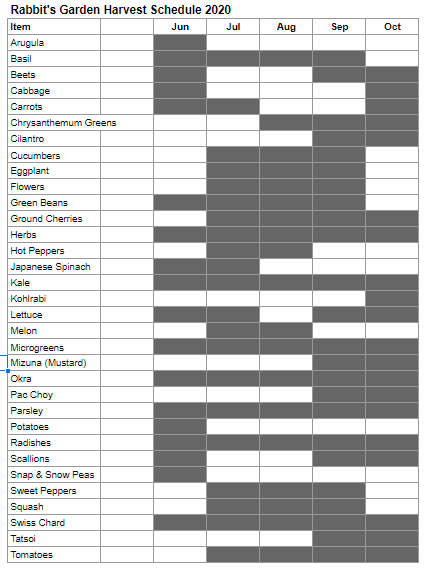
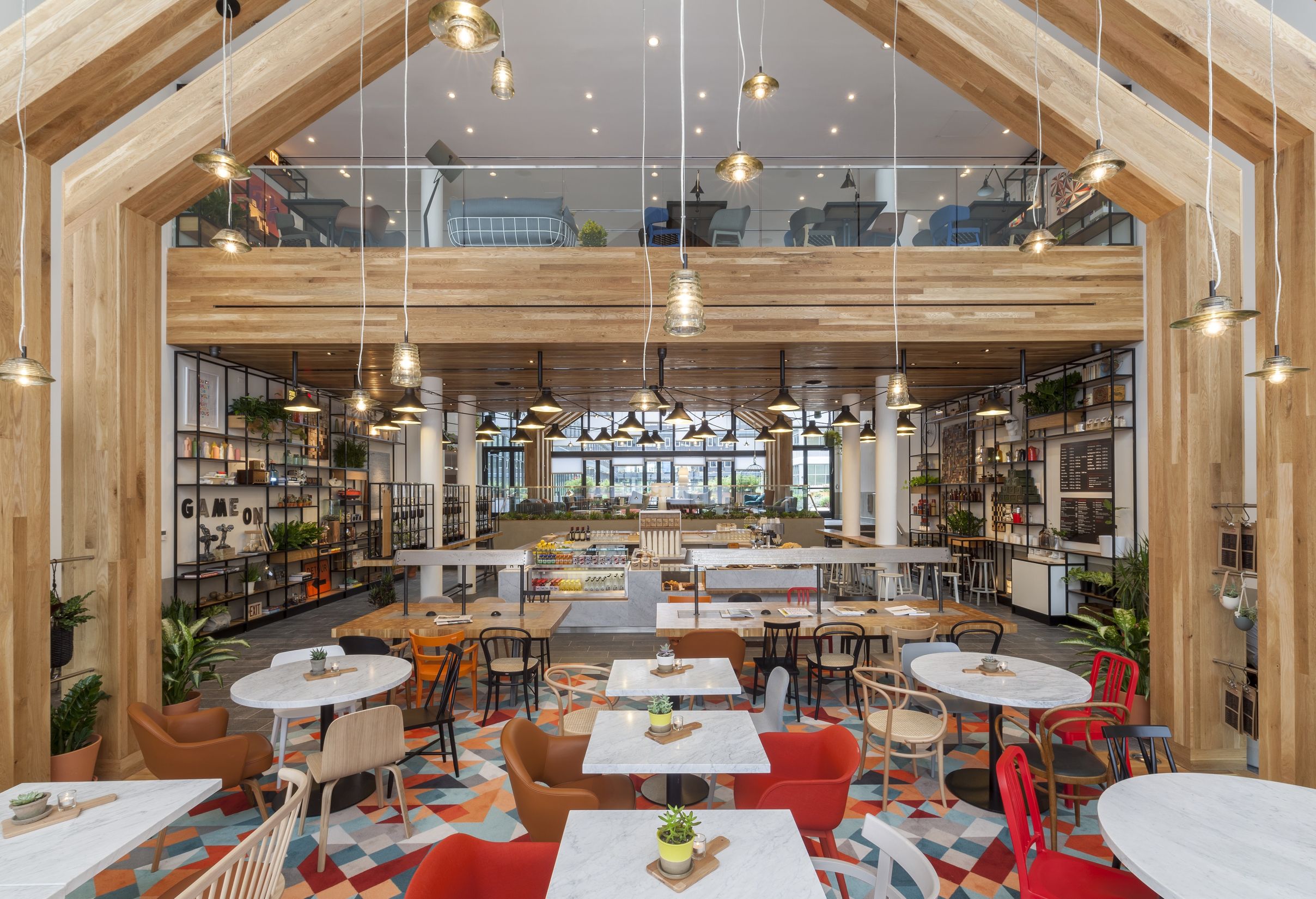
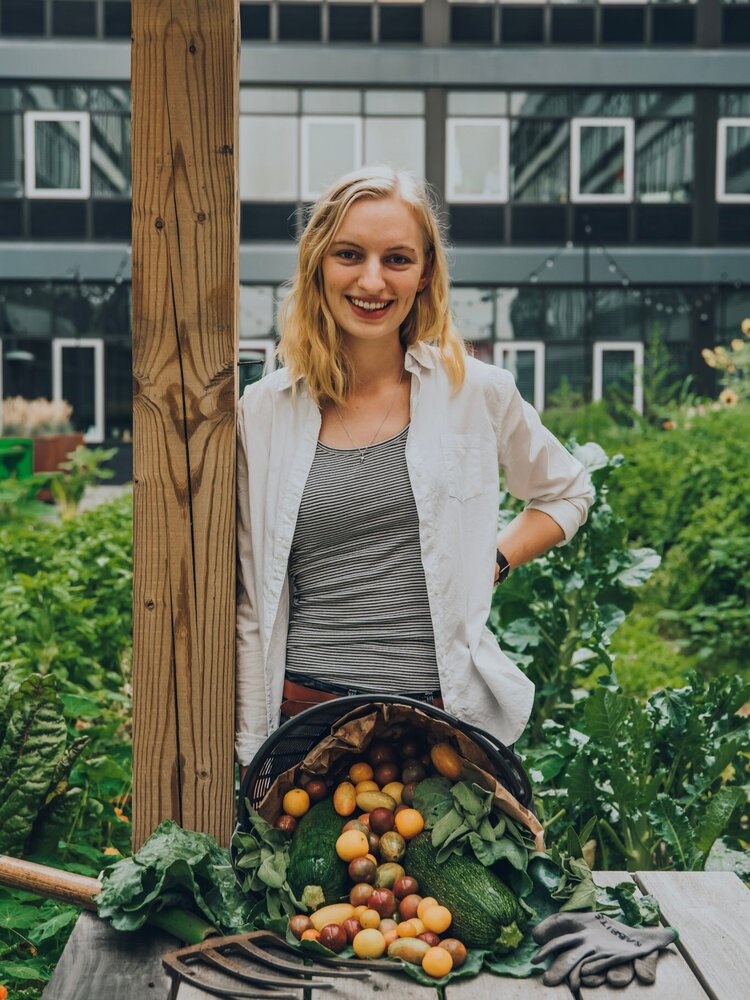
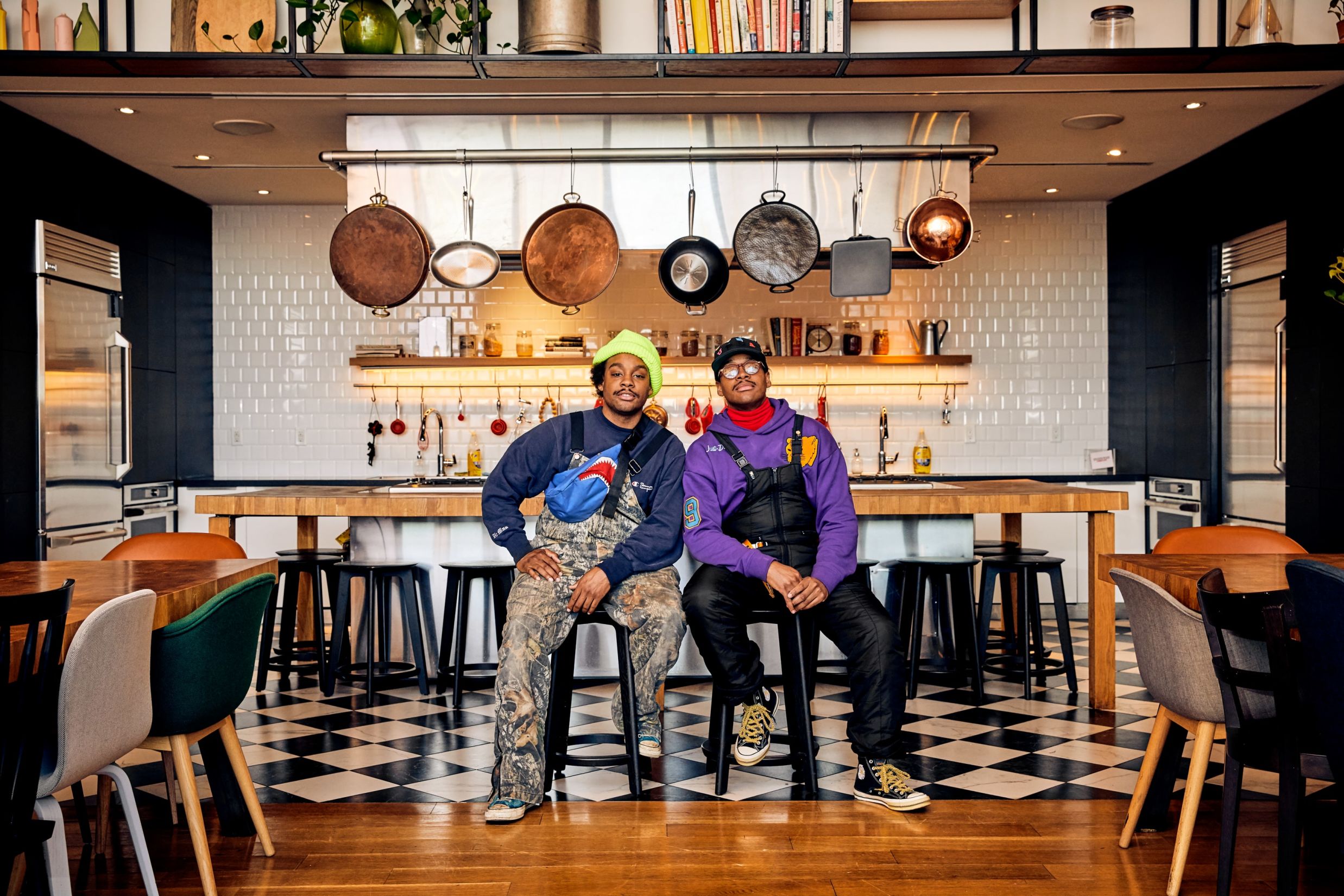

Food producing cities aren’t far away, but we need a catalyst
The Sustainable Urban Delta Foundation was established to inspire megacities to make choices that open the door to healthy and sustainable urban growth. A crucial element of our approach is the production of local, healthy and fresh food. This can either be done inside cities or on undeveloped agricultural land surrounding cities, known as green belts. Sustainable Urban Delta aim to be the catalyst and the connector in order to create a better future.
THE CITY AND THE GREEN BELT (EYE-OPENING DOCUMENTARY)
From climate change and biodiversity loss to obesity: all the big challenges the world faces today are interconnected. And most of them can be solved by bringing sustainable food production back to the city. In the documentary ‘Sustainable Urban Delta; The city and the green belt’, Dutch entrepreneur and change maker Meiny Prins takes us on an eye-opening journey around the world’s most inspiring food producing cities. — The Sustainable Urban Delta Foundation